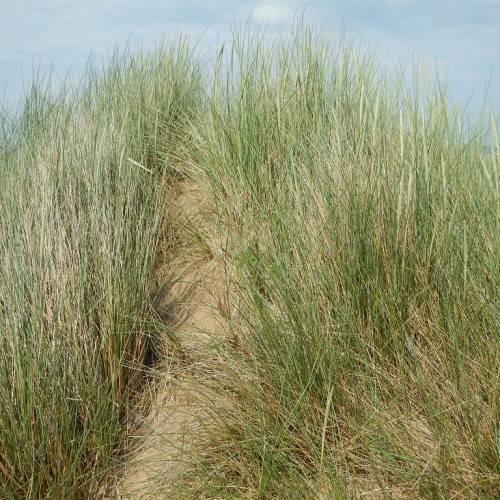
European Beachgrass
Ammophila arenaria subsp. arenaria
Watering:
Frequent
Hardiness Zone:
Flowers:
Flowers
Sun:
Sun
Soil:
Clay, Sand
Growth Rate:
High
Drought Tolerant:
Yes
Salt Tolerant:
Yes
Care Level:
Medium
watering
Scarlet Ammannia (Ammannia robusta) should be watered when the top layer of the soil is dry to the touch, about once every 3-4 days. Make sure there is good drainage as it does not tolerate wet feet. During the warmer months, water more often. In colder months, water less frequently. Be sure not to overwater as this will cause root rot. Fertilize the plant with a balanced liquid fertilizer once a month.
sunlight
Scarlett Ammannia needs between 8-10 hours of direct sunlight each day in order to thrive. In an ideal environment, the plant will receive sunlight from 10am-2pm and then partial or dappled light for the remainder of the day. If the Scarlett Ammannia is not receiving enough sunlight it will become spindly and weak, therefore it is important to make sure it is properly situated in a place that receives ample sunlight.
pruning
Scarlett Ammannia requires pruning at least once a year. Pruning Scarlett Ammannia should begin in late summer or early fall. To achieve desired shape, remove any dead, diseased, or broken stems. Cut back any long, unwieldy growth to the desired length, and thin out any branches that are overly crowded. To maintain a good shape, clipping out all the flower stems back to the base of the plant is recommended. Doing this will encourage the Scarlet Ammannia to produce more flowers. Pruning should not be done too drastically, as this can stress the plant and cause stunted growth.
